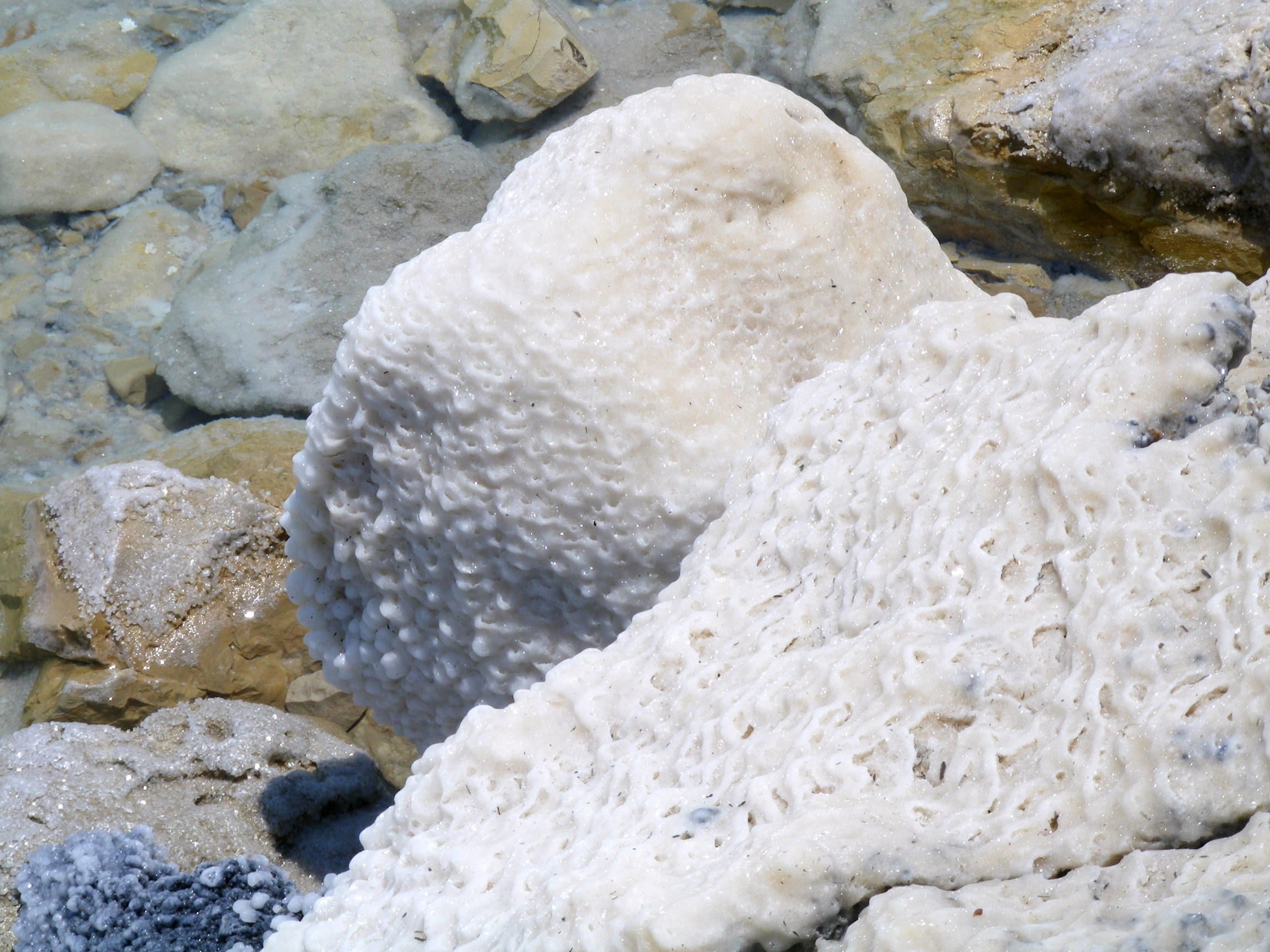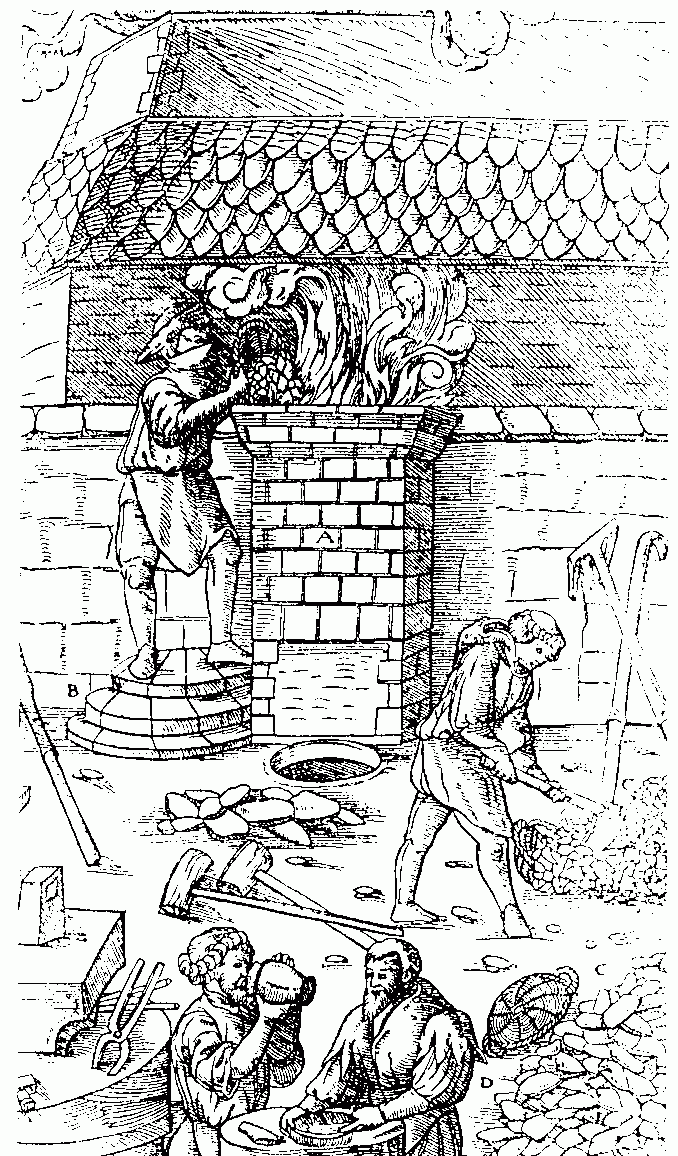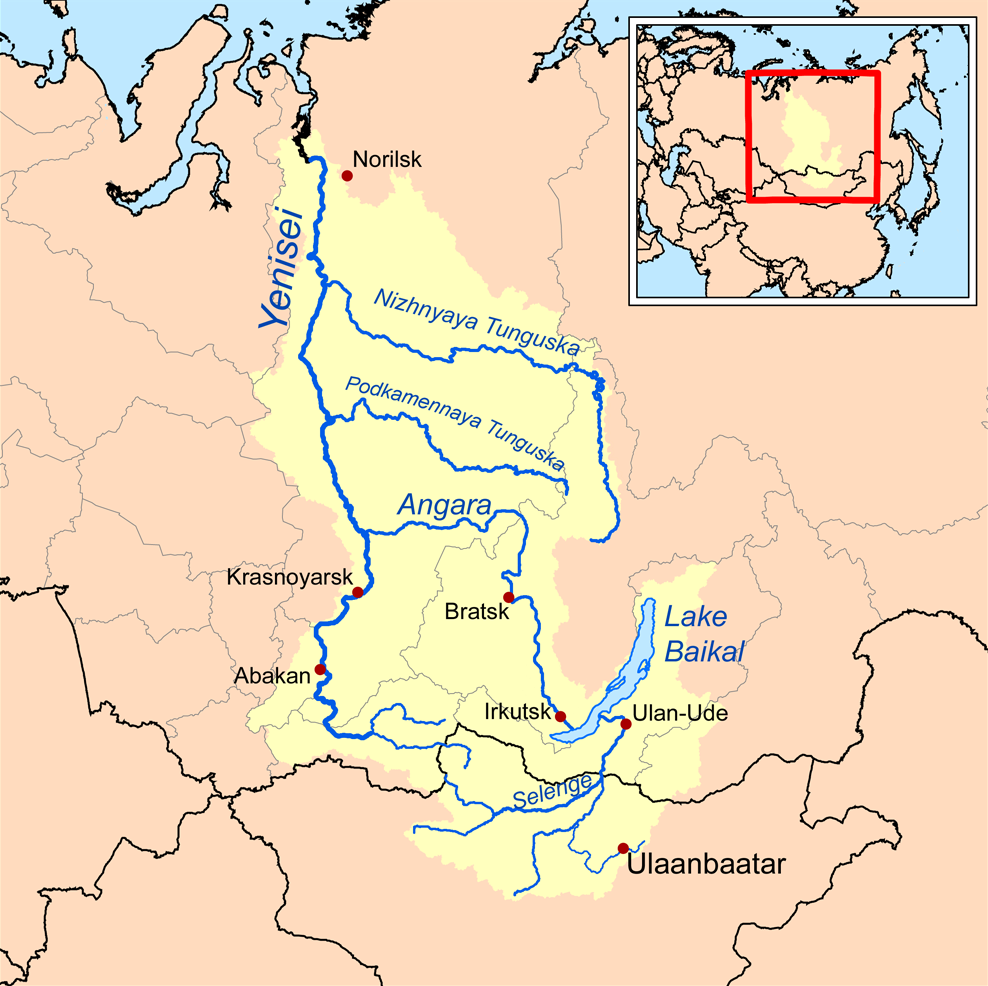|
119 BC
__NOTOC__ Year 119 BC was a year of the pre-Julian Roman calendar. At the time it was known as the Year of the Consulship of Dalmaticus and Cotta (or, less frequently, year 635 ''Ab urbe condita'') and the Fourth Year of Yuanshou. The denomination 119 BC for this year has been used since the early medieval period, when the Anno Domini calendar era became the prevalent method in Europe for naming years. Events By place Roman Republic * The second Dalmatian war begins. China * Spring: Han Chinese forces under the General-in-Chief Wei Qing and the cavalry general Huo Qubing invade the Xiongnu Empire. :* Battle of Mobei: Wei Qing crosses the Gobi Desert, defeats Yizhixie Chanyu and kills or captures 19,000 Xiongnu. :*Huo Qubing crosses the eastern Gobi, defeats and executes Bijuqi, defeats the Tuqi (Worthy Prince) of the Left (East), and captures three kings. He reaches as far as Lake Baikal. :* Failing to reconnoiter with Wei Qing's army, general Li Guang commits suicid ... [...More Info...] [...Related Items...] OR: [Wikipedia] [Google] [Baidu] |
Roman Calendar
The Roman calendar was the calendar used by the Roman Kingdom and Roman Republic. The term often includes the Julian calendar established by the reforms of the Roman dictator, dictator Julius Caesar and Roman emperor, emperor Augustus in the late 1stcenturyBC and sometimes includes any system dated by inclusive counting towards months' kalends, nones (calendar), nones, and ides (calendar), ides in the Roman manner. The term usually excludes the Alexandrian calendar of Roman Egypt, which continued the unique months of that land's Egyptian calendar, former calendar; the Byzantine calendar of the Byzantine Empire, later Roman Empire, which usually dated the Roman months in the simple count of the ancient Greek calendars; and the Gregorian calendar, which refined the Julian system to bring it into still closer alignment with the tropical year. Roman dates were counted inclusively forward to the next of three principal days: the first of the month (the kalends), a day shortly befor ... [...More Info...] [...Related Items...] OR: [Wikipedia] [Google] [Baidu] |
Yizhixie Chanyu
Yizhixie (; r. 126–114 BC) was the brother of Junchen Chanyu and his successor to the Xiongnu throne. Yizhixie ruled during a time of conflict with the southern Han dynasty under the military expansionist, Emperor Wu of Han (r. 141–87 BC). Defeating Yudan Originally the Eastern Luli-Prince, Yizhixie, a younger brother of Junchen, had to stage a coup against the previous chanyu's son Yudan, the Eastern Tuqi (Wise Prince, 屠耆). Yudan was defeated by Yizhixie in battle and fled to the Han dynasty, where Emperor Wu gave him a princely title. A few months later Yudan died. Life The next year, 125 BC, the Xiongnu in 3 groups, each with 30,000 cavalry, again raided Chinese provinces. The Western Jükü-Prince, incensed that Chinese Court took away Ordos and built Shuofang (朔方城), a few times attacked the borders of China; and when entered the Ordos, plundered Shuofang, and killed and captured a multitude of officials and people. In the spring of 124 BC, Wei Qing an ... [...More Info...] [...Related Items...] OR: [Wikipedia] [Google] [Baidu] |
Di Shan
Di Shan (, d. 119 BC) was an erudite in the court of Emperor Wu of the western Han dynasty. He was killed by a Xiongnu attack. When the Xiongnu sought an alliance and the matter was being discussed by various officials, Di Shan declared that he was in favour of peace. Asked to elaborate by the emperor, he criticised the impact of war on resources and the standard of living of those near the border. He cited the examples of both internal and external conflicts under past reigns and juxtaposed the hardship of these times with the prosperity enjoyed during times of peace. Zhang Tang, when consulted on his opinion, dismissed Di Shan as a "stupid Confucianist" with no understanding of the matter. Di Shan responded by admitting that his loyalty was the "loyalty of the stupid" but then accused Zhang Tang of being dishonest in his loyalty, using as evidence the latter's forceful prosecution of the kings of Huainan Huainan () is a prefecture-level city with 3,033,528 inhabitants as of ... [...More Info...] [...Related Items...] OR: [Wikipedia] [Google] [Baidu] |
Liquor
Liquor (or a spirit) is an alcoholic drink produced by distillation of grains, fruits, vegetables, or sugar, that have already gone through alcoholic fermentation. Other terms for liquor include: spirit drink, distilled beverage or hard liquor. The distillation process concentrates the liquid to increase its alcohol by volume. As liquors contain significantly more alcohol ( ethanol) than other alcoholic drinks, they are considered 'harder'; in North America, the term ''hard liquor'' is sometimes used to distinguish distilled alcoholic drinks from non-distilled ones, whereas the term ''spirits'' is more common in the UK. Some examples of liquors include vodka, rum, gin, and tequila. Liquors are often aged in barrels, such as for the production of brandy and whiskey, or are infused with flavorings to form a flavored liquor such as absinthe. While the word ''liquor'' ordinarily refers to distilled alcoholic spirits rather than beverages produced by fermentation alone ... [...More Info...] [...Related Items...] OR: [Wikipedia] [Google] [Baidu] |
Salt
Salt is a mineral composed primarily of sodium chloride (NaCl), a chemical compound belonging to the larger class of salts; salt in the form of a natural crystalline mineral is known as rock salt or halite. Salt is present in vast quantities in seawater. The open ocean has about of solids per liter of sea water, a salinity of 3.5%. Salt is essential for life in general, and saltiness is one of the basic human tastes. Salt is one of the oldest and most ubiquitous food seasonings, and is known to uniformly improve the taste perception of food, including otherwise unpalatable food. Salting, brining, and pickling are also ancient and important methods of food preservation. Some of the earliest evidence of salt processing dates to around 6,000 BC, when people living in the area of present-day Romania boiled spring water to extract salts; a salt-works in China dates to approximately the same period. Salt was also prized by the ancient Hebrews, Greeks, Romans, Byza ... [...More Info...] [...Related Items...] OR: [Wikipedia] [Google] [Baidu] |
Iron (material)
Ferrous metallurgy is the metallurgy of iron and its alloys. The earliest surviving prehistoric iron artifacts, from the 4th millennium BC in Egypt, were made from meteoritic iron-nickel. It is not known when or where the smelting of iron from ores began, but by the end of the 2nd millennium BC iron was being produced from iron ores in the region from Greece to India,Riederer, Josef; Wartke, Ralf-B.: "Iron", Cancik, Hubert; Schneider, Helmuth (eds.): Brill's New Pauly, Brill 2009Early Antiquity By I.M. Drakonoff. 1991. University of Chicago Press. . p. 372 and Sub-Saharan Africa. The use of wrought iron (worked iron) was known by the 1st millennium BC, and its spread defined the Iron Age. During the medieval period, smiths in Europe found a way of producing wrought iron from cast iron (in this context known as pig iron) using finery forges. All these processes required charcoal as fuel. By the 4th century BC southern India had started exporting Wootz steel (with a carbon conte ... [...More Info...] [...Related Items...] OR: [Wikipedia] [Google] [Baidu] |
Emperor Wu Of Han
Emperor Wu of Han (156 – 29 March 87BC), formally enshrined as Emperor Wu the Filial (), born Liu Che (劉徹) and courtesy name Tong (通), was the seventh emperor of the Han dynasty of ancient China, ruling from 141 to 87 BC. His reign lasted 54 years – a record not broken until the reign of the Kangxi Emperor more than 1,800 years later and remains the record for ethnic Chinese emperors. His reign resulted in a vast expansion of geopolitical influence for the Chinese civilization, and the development of a strong centralized state via governmental policies, economical reorganization and promotion of a hybrid Legalist– Confucian doctrine. In the field of historical social and cultural studies, Emperor Wu is known for his religious innovations and patronage of the poetic and musical arts, including development of the Imperial Music Bureau into a prestigious entity. It was also during his reign that cultural contact with western Eurasia was greatly increased, direc ... [...More Info...] [...Related Items...] OR: [Wikipedia] [Google] [Baidu] |
Li Guang
Li Guang (184-119 BC) was a Chinese military general of the Western Han dynasty. Nicknamed "Flying General" by the Xiongnu, he fought primarily in the campaigns against the nomadic Xiongnu tribes to the north of China. He was known to the Xiongnu as a tough opponent when it came to fortress defense, and his presence was sometimes enough for the Xiongnu to abort a siege. Li Guang committed suicide shortly after the Battle of Mobei in 119 BC. He was blamed for failing to arrive at the battlefield in time (after getting lost in the desert), creating a gap in the encirclement and allowing Ichise Chanyu to escape after a confrontation between Wei Qing and the Chanyu's main force, which the Han army narrowly managed to defeat. Refusing to accept the humiliation of a court martial, Li Guang took his own life. Li Guang belonged to the Longxi branch of the Li clan ( 隴西李氏). Li Guang was a descendant of Laozi and the Qin general Li Xin, as well as an ancestor of the Western Lia ... [...More Info...] [...Related Items...] OR: [Wikipedia] [Google] [Baidu] |
Lake Baikal
Lake Baikal (, russian: Oзеро Байкал, Ozero Baykal ); mn, Байгал нуур, Baigal nuur) is a rift lake in Russia. It is situated in southern Siberia, between the Federal subjects of Russia, federal subjects of Irkutsk Oblast, Irkutsk Oblasts of Russia, Oblast to the northwest and the Republic of Buryatia to the southeast. With of water, Lake Baikal is the world's List of lakes by volume, largest freshwater lake by volume, containing 22–23% of the world's fresh surface water, more than all of the North American Great Lakes combined. It is also the world's List of lakes by depth, deepest lake, with a maximum depth of , and the world's ancient lake, oldest lake, at 25–30 million years. At —slightly larger than Belgium—Lake Baikal is the world's List of lakes by area, seventh-largest lake by surface area. It is among the world's clearest lakes. Lake Baikal is home to thousands of species of Plant, plants and animals, many of them endemic to the region. ... [...More Info...] [...Related Items...] OR: [Wikipedia] [Google] [Baidu] |
Gobi Desert
The Gobi Desert ( Chinese: 戈壁 (沙漠), Mongolian: Говь (ᠭᠣᠪᠢ)) () is a large desert or brushland region in East Asia, and is the sixth largest desert in the world. Geography The Gobi measures from southwest to northeast and from north to south. The desert is widest in the west, along the line joining the Lake Bosten and the Lop Nor (87°–89° east). In 2007, it occupied an arc of land in area. In its broadest definition, the Gobi includes the long stretch of desert extending from the foot of the Pamirs (77° east) to the Greater Khingan Mountains, 116–118° east, on the border of Manchuria; and from the foothills of the Altay, Sayan, and Yablonoi mountain ranges on the north to the Kunlun, Altyn-Tagh, and Qilian mountain ranges, which form the northern edges of the Tibetan Plateau, on the south. A relatively large area on the east side of the Greater Khingan range, between the upper waters of the Songhua (Sungari) and the upper waters of th ... [...More Info...] [...Related Items...] OR: [Wikipedia] [Google] [Baidu] |
Ab Urbe Condita
''Ab urbe condita'' ( 'from the founding of the City'), or ''anno urbis conditae'' (; 'in the year since the city's founding'), abbreviated as AUC or AVC, expresses a date in years since 753 BC, the traditional founding of Rome. It is an expression used in antiquity and by classical historians to refer to a given year in Ancient Rome. In reference to the traditional year of the foundation of Rome, the year 1 BC would be written AUC 753, whereas AD 1 would be AUC 754. The foundation of the Roman Empire in 27 BC would be AUC 727. Usage of the term was more common during the Renaissance, when editors sometimes added AUC to Roman manuscripts they published, giving the false impression that the convention was commonly used in antiquity. In reality, the dominant method of identifying years in Roman times was to name the two consuls who held office that year. In late antiquity, regnal years were also in use, as in Roman Egypt during the Diocletian era after AD 293, and in the ... [...More Info...] [...Related Items...] OR: [Wikipedia] [Google] [Baidu] |
Battle Of Mobei
The Battle of Mobei () was a military campaign fought mainly in modern Mongolia. It was part of a major strategic offensive launched by the Han dynasty in January, 119 BC, into the heartland of the nomadic Xiongnu. The campaign was a success for the Han, whose forces led by Wei Qing and Huo Qubing reached as far north as Lake Baikal.''Book of Han'', vols. 06, 55, 94, parts 1.''Zizhi Tongjian'', vol. 19Lin Gan"Mobei Zhi Zhan" ("The Battle of Mobei") Background Military tension had for a long time existed between ancient China and the northern barbarians, mainly because the fertile lands of the prosperous agricultural civilization presented attractive targets for the militaristic nomadic tribes. Throughout ancient Chinese history, protecting the northern borders from nomadic raids had been a military priority. During the Zhou dynasty, northern vassal states such as Yan, Zhao and Qin resorted to defensive strategies, constructing elongated fortresses that served as t ... [...More Info...] [...Related Items...] OR: [Wikipedia] [Google] [Baidu] |








